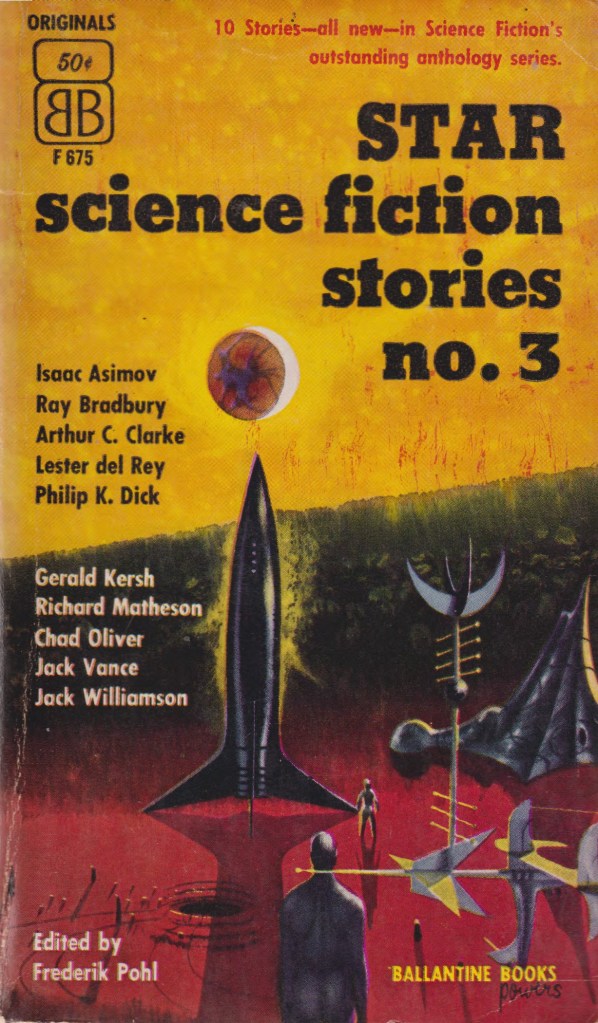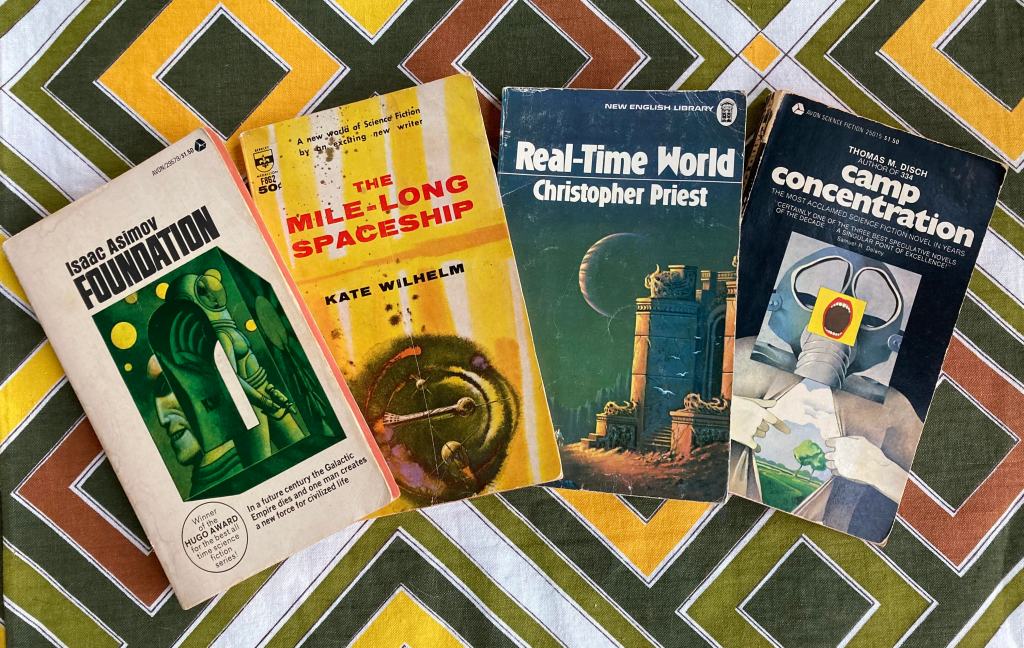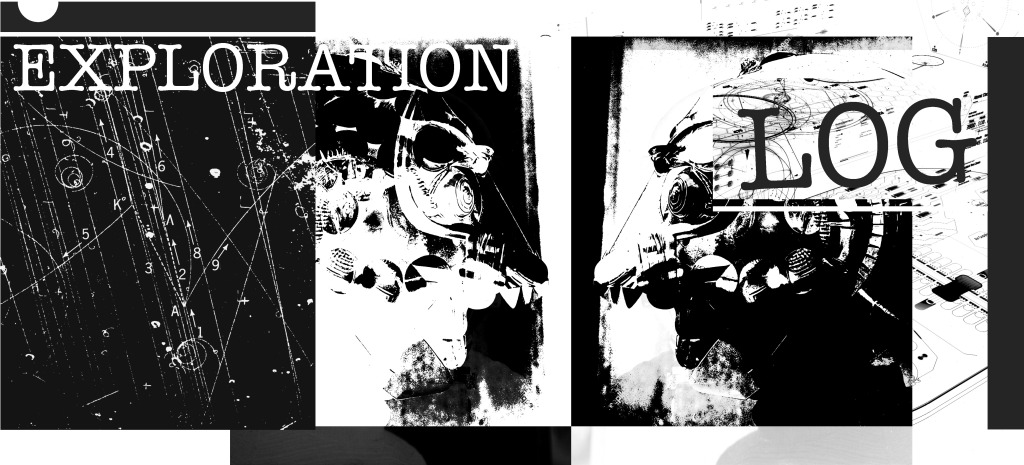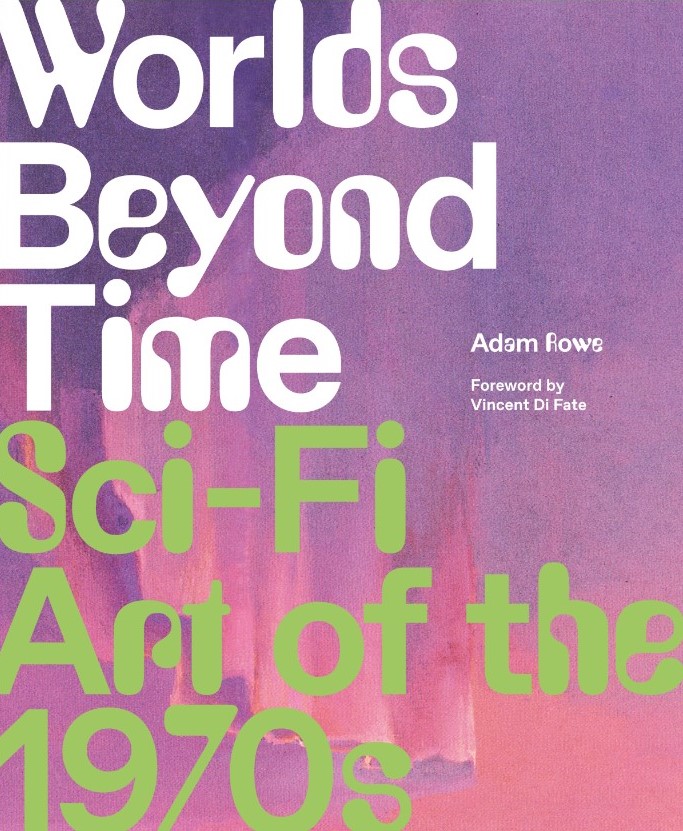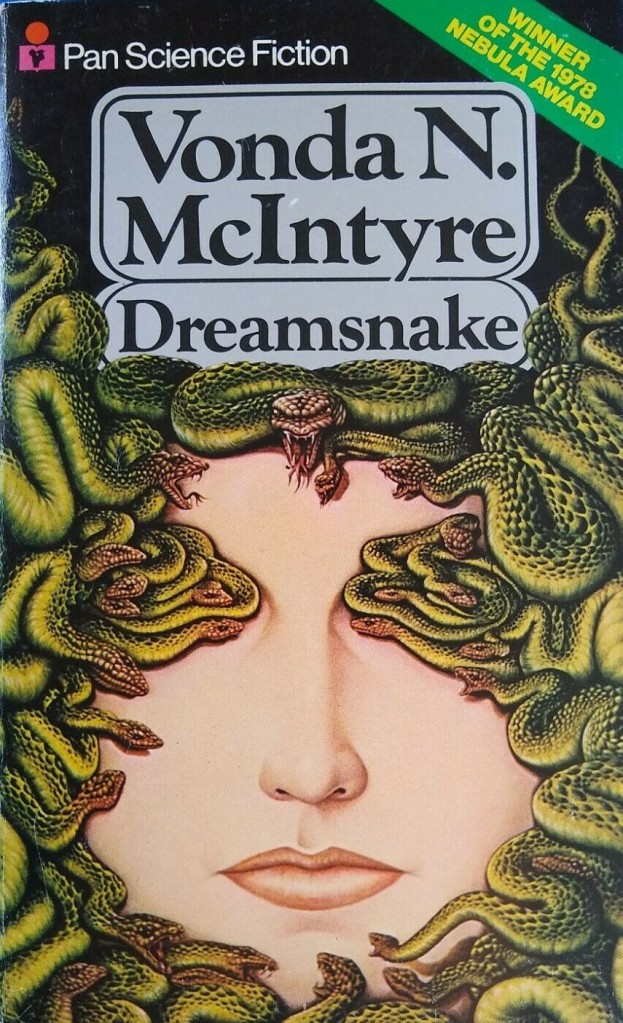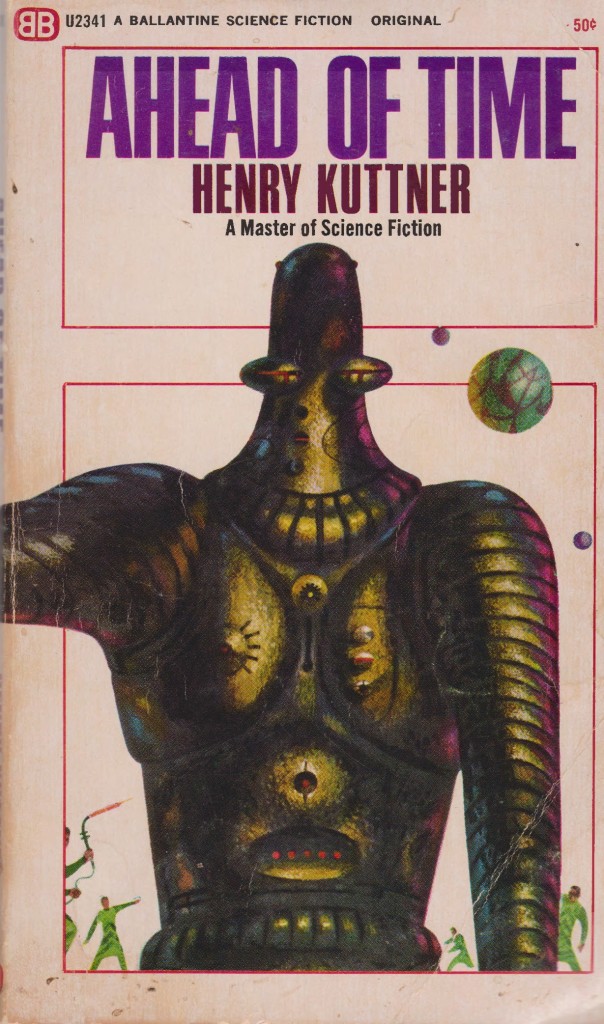Preliminary Note: I plan on reading all 116 issues of the influential, and iconic, SF magazine Galaxy under H. L. Gold’s editorship (October 1950-October 1961) in chronological order. How long this project will take or how seriously/systematically I will take it remain complete unknowns.
See my inaugural post in this series for my reasoning behind selecting Galaxy under H. L. Gold.
Previously: the October 1950 issue.
Up Next: the December 1950 issue.
Let’s get to the stories. We have the first Galaxy masterpiece!

Don Sibley’s cover for Galaxy Science Fiction, ed. H. L. Gold (November 1950)
You can read the entire issue here.
Fredric Brown’s “Honeymoon in Hell” (1950), 3/5 (Average): The year is 1962. The Cold War heats up. The race for a permanent presence on the Moon takes center stage. Each side “had landed a few men” and claimed it as their own (4). Each side races to construct a space station in orbit to facilitate the construction of a permanent base on the moon. But there’s another worrying world-wide trend–a massive gender imbalance in new births! Not enough boys! Riots. Cults. What’s the plan?
Continue reading
